Working group of the Department of Agriculture and Environment inspected drought and salinity prevention work in Thu Thua commune.
Many challenges from climate change
Tay Ninh is a province with low terrain, dense river system and is strongly influenced by the East Sea through two large tributaries, Vam Co Dong and Vam Co Tay. With this natural feature, the province has great potential for land, water, forest and wetland ecological resources.
However, in recent years, the province is facing many serious challenges related to resource degradation, environmental pollution and negative impacts of climate change.
According to the assessment of the professional sector, the situation of over-exploitation of resources, unreasonable land use, surface water pollution due to untreated domestic and industrial wastewater, incompletely collected solid waste, etc. is happening in many localities. The groundwater level is decreasing, the land subsidence is becoming more and more obvious in riverside areas. Forest resources, especially Melaleuca forests and mangrove forests, are also being narrowed due to land use conversion and natural ecosystem degradation.
Meanwhile, climate change is becoming increasingly evident with specific manifestations such as saltwater intrusion, prolonged drought, unseasonal rains, high temperatures and the risk of rising sea levels. During the dry season, especially from February to May, saltwater intrusion penetrates deep into the Vam Co Dong and Vam Co Tay rivers, seriously affecting production and people's lives.
At times, salinity measured in many canals in the lower regions such as Can Giuoc, Can Duoc, Tan Tru,... exceeded 4g/l - the threshold that is harmful to rice and fruit trees. Notably, in many communes without groundwater or surface water contaminated with salt, people had to exchange fresh water for 50,000-100,000 VND/m 3 , in some places up to 200,000 VND/m 3 .
During the rainy season, flooding often occurs, affecting rural traffic and agricultural crops, especially in low-lying areas such as the communes of Vinh Chau, Moc Hoa, Binh Hoa, Tuyen Thanh,...
In addition, the rapid development of industries and urban areas in localities such as Duc Hoa, Ben Luc, Can Giuoc, etc. also puts great pressure on environmental treatment infrastructure. Wastewater treatment systems in many industrial clusters are not synchronized, domestic waste is generated in large quantities while the work of classification, recycling and treatment is still limited.
Sand mining activities on rivers and illegal construction along canals and ditches also increase the risk of riverbank erosion - a phenomenon that has become increasingly common in the past 3-5 years.
In this situation, the province has identified protecting resources, improving the living environment and effectively adapting to climate change as urgent and strategic requirements. Many policies and plans have been issued, but to achieve real effectiveness, there needs to be a change in development thinking, concrete actions and the synchronous participation of the whole society.
Proactive adaptation
Early identification of risks and challenges, the province has proactively developed and implemented many practical action plans to protect resources, the environment and adapt to climate change.
In particular, the Action Plan to respond to climate change for the 2021-2030 period, with a vision to 2050, has clearly identified specific goals, comprehensive solutions and implementation roadmap for each stage.
Regarding infrastructure, the province prioritizes investment in upgrading and expanding the system of dykes, salinity control sluices, canals and ditches in areas frequently affected by salinity intrusion such as Can Duoc, Can Giuoc and Tan Tru. Dozens of centralized clean water supply projects have been put into operation, contributing to ensuring domestic water sources for people in the lower regions.
Projects to dredge canals and ditches, upgrade rural roads combined with drainage are also being accelerated in many communes in the Dong Thap Muoi region to minimize damage caused by flooding during the rainy season.
In agricultural production, the province promotes the conversion of crop and livestock structures to suit new conditions, encourages farmers to cultivate salt-tolerant rice varieties, short-term rice varieties or switch to growing vegetables during the dry and salty seasons.
Models of growing organic dragon fruit, melons in greenhouses, vegetables following VietGAP standards, using water-saving irrigation systems are being widely replicated. In particular, the application of high technology in production, combined with biological measures in pest and disease control to help farmers reduce investment costs, improve production efficiency and minimize negative impacts on the environment are also being implemented.
According to information from the Department of Agriculture and Environment, recently, the Department has carried out many activities such as monitoring the quality of surface water, groundwater, and air; building an environmental database system and integrating it into the land management platform; strengthening inspection and handling of violations in waste discharge and resource exploitation.
In addition, the Department also focuses on greenhouse gas inventory at production facilities, planning to reduce emissions and gradually transitioning to a circular economic development model and green economy.
Some industrial parks in Duc Hoa and Can Giuoc have invested in centralized wastewater treatment systems and hazardous industrial waste collection; at the same time, they have installed rooftop solar power systems for factories to save electricity and reduce emissions.
Propaganda work and raising public awareness about environmental protection and climate change response have also been promoted through training courses, seminars, and communication programs on mass media.
Many localities have established youth volunteer teams to clean up the environment, plant trees, collect plastic waste, and create a green living movement in the community.
In the coming time, the Department of Agriculture and Environment aims to improve the capacity to forecast and warn of natural disasters early, and develop detailed climate change response scenarios for each ecological region.
The Department will also promote international cooperation, calling for investment capital for climate change adaptation and emission reduction projects, focusing on areas such as renewable energy, wastewater treatment, forest protection and biodiversity.
In addition, the Department advises the Provincial People's Committee to develop mechanisms and policies to encourage businesses to invest in green production, use environmentally friendly technology, promote green growth models and sustainable development.
From practice and achieved results, it can be affirmed that the province is gradually realizing the goal of sustainable socio-economic development, in harmony with nature, and effectively adapting to climate change.
Despite many difficulties, with high political determination, consensus of the people and the participation of the entire political system, the province can absolutely become a bright spot in the region in protecting resources, the environment and adapting to climate change. This is not only an immediate responsibility but also a practical action to protect the future of future generations./.
Bui Tung
Source: https://baolongan.vn/bao-ve-tai-nguyen-moi-truong-thich-ung-voi-bien-doi-khi-hau-a198034.html


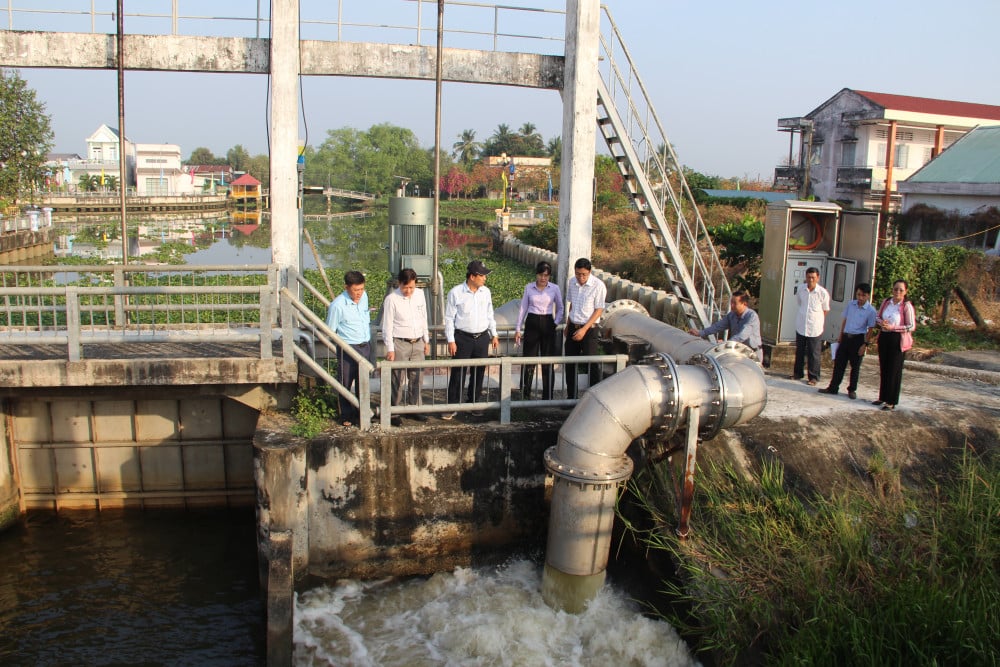
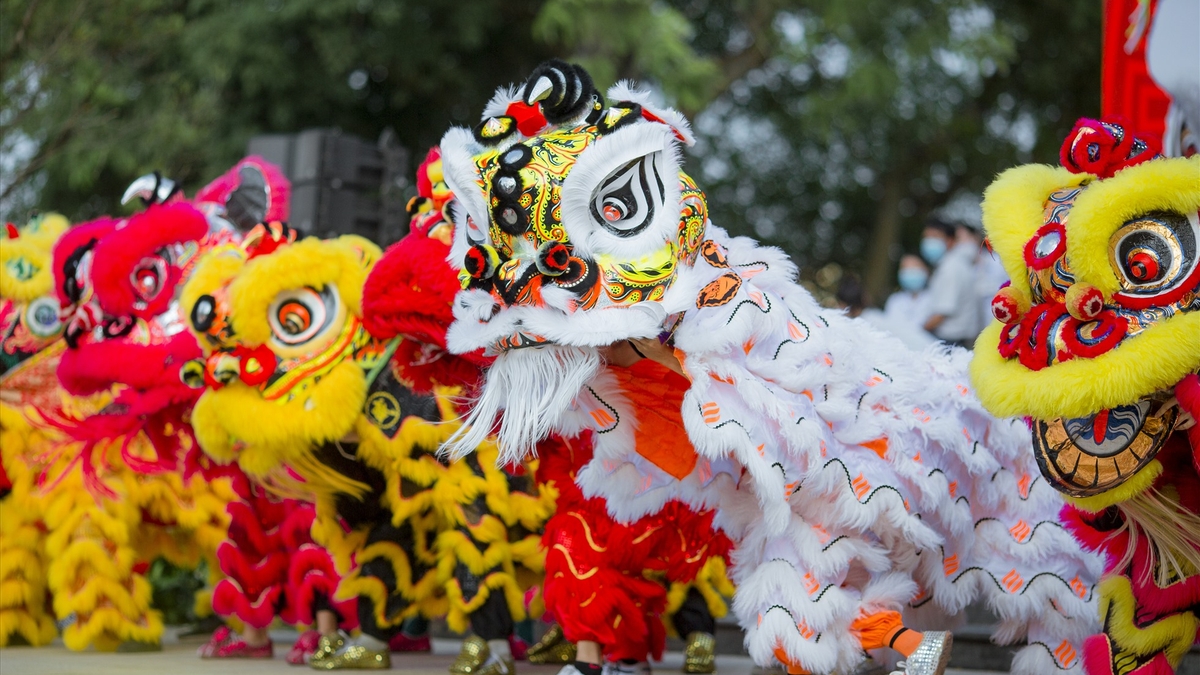


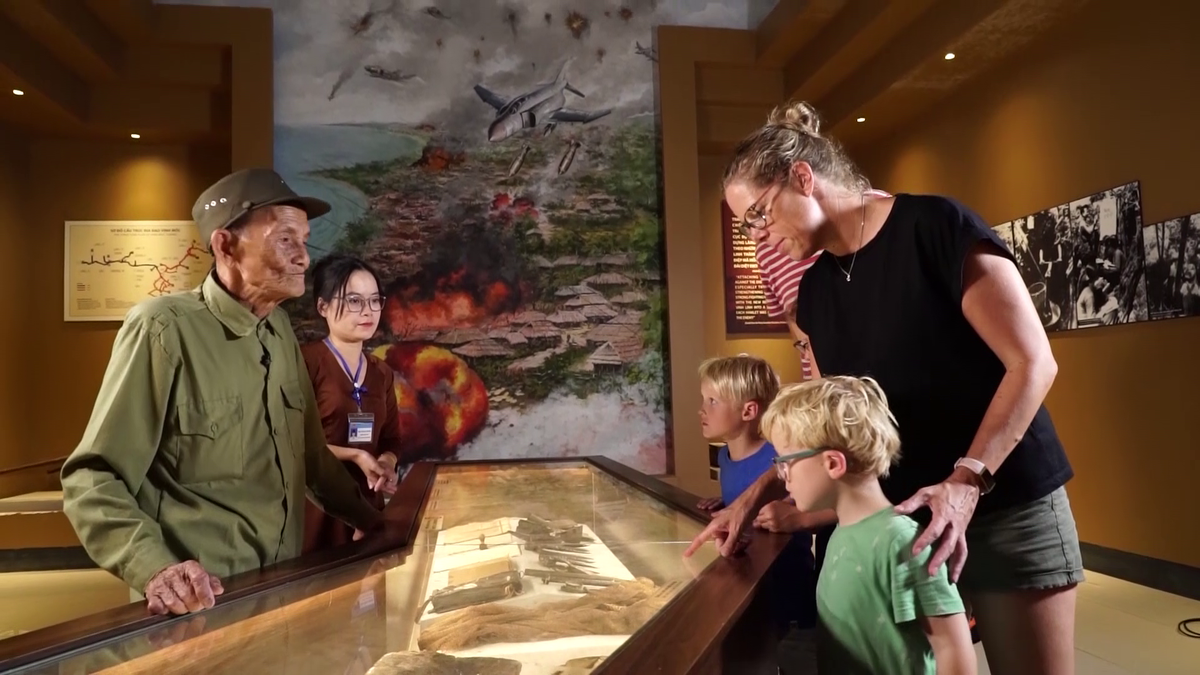

![[Photo] Binh Trieu 1 Bridge has been completed, raised by 1.1m, and will open to traffic at the end of November.](https://vphoto.vietnam.vn/thumb/1200x675/vietnam/resource/IMAGE/2025/10/2/a6549e2a3b5848a1ba76a1ded6141fae)
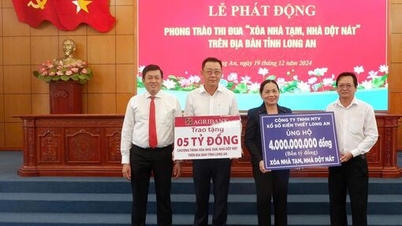
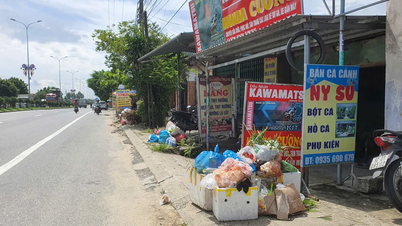

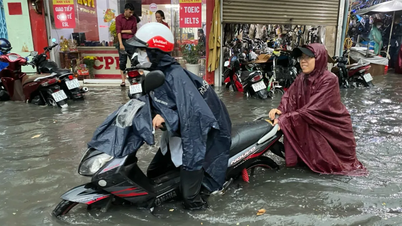
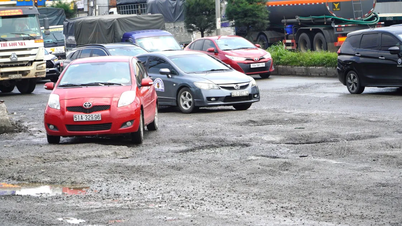
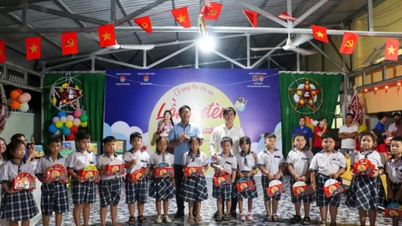



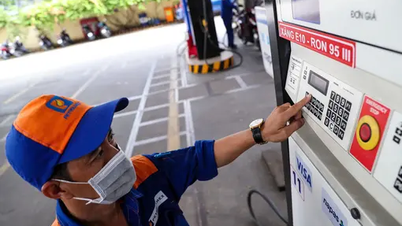
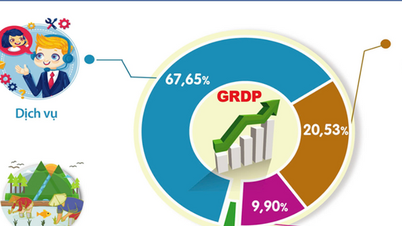

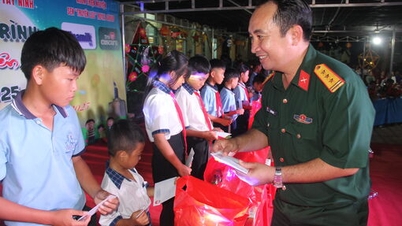
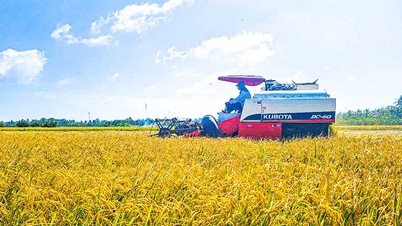

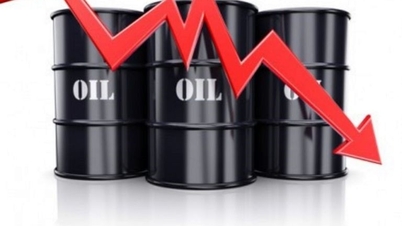

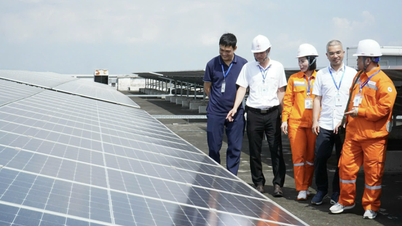
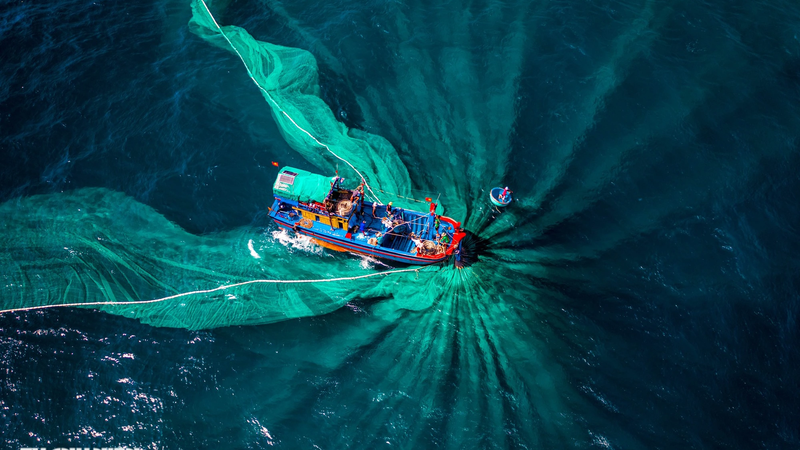
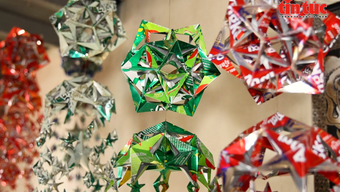


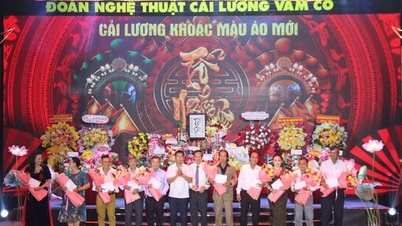
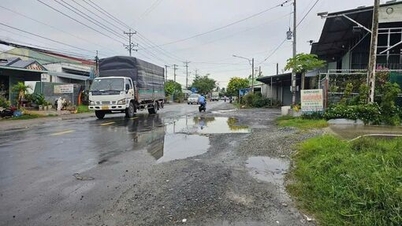

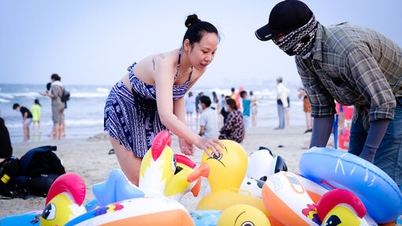
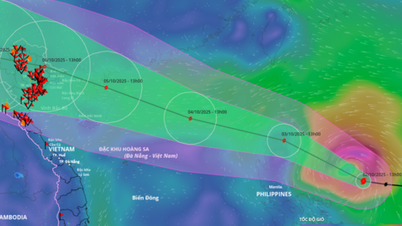






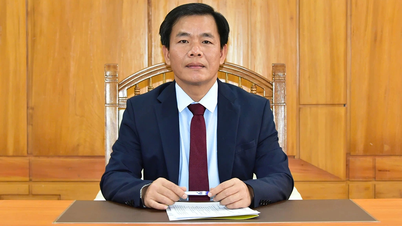

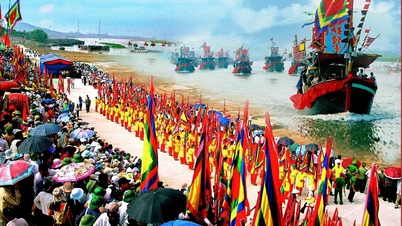





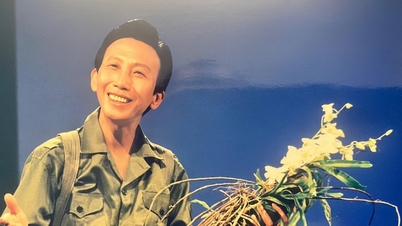

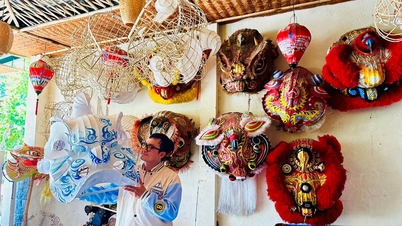

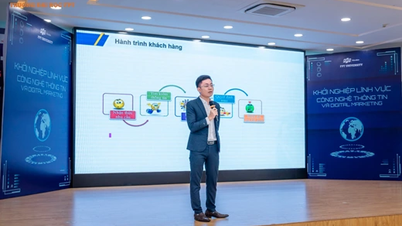

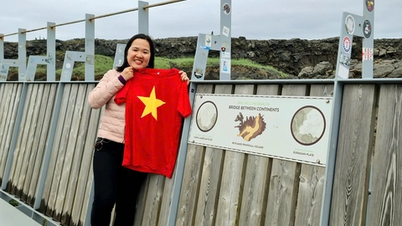

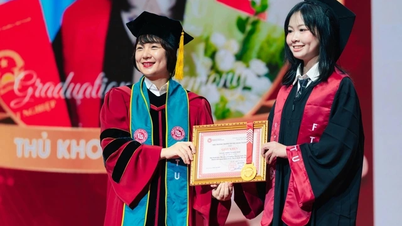







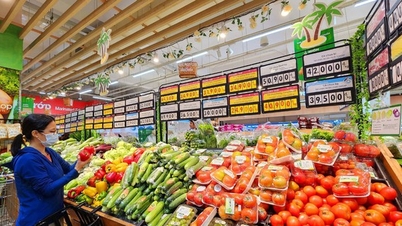




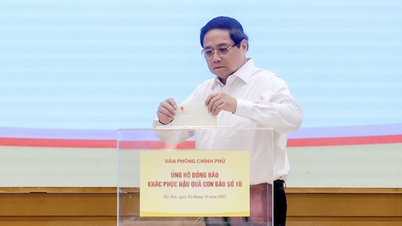





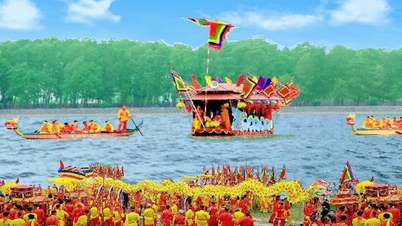

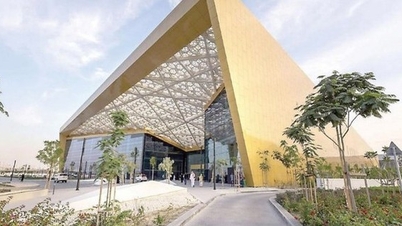
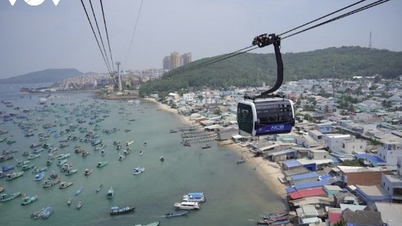
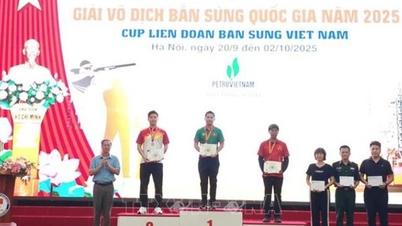

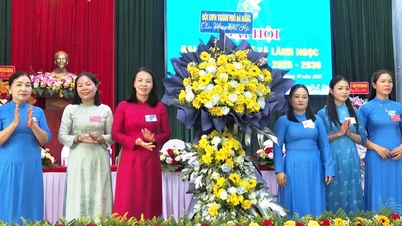

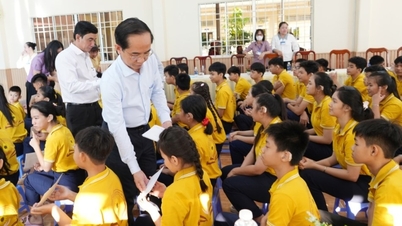



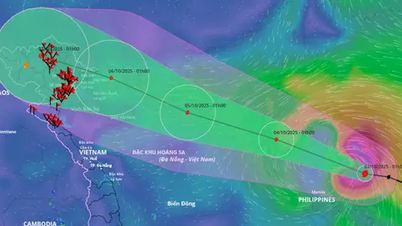
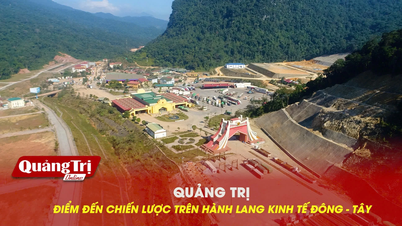
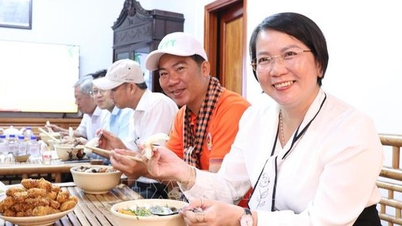






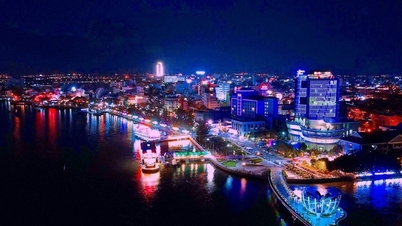





Comment (0)